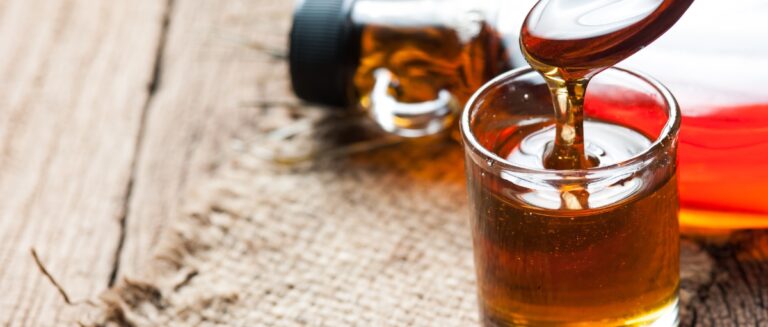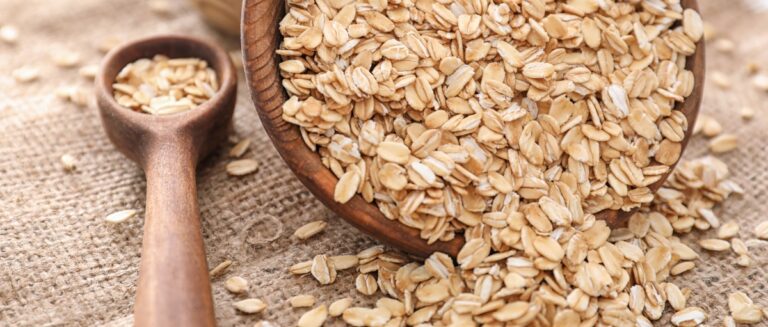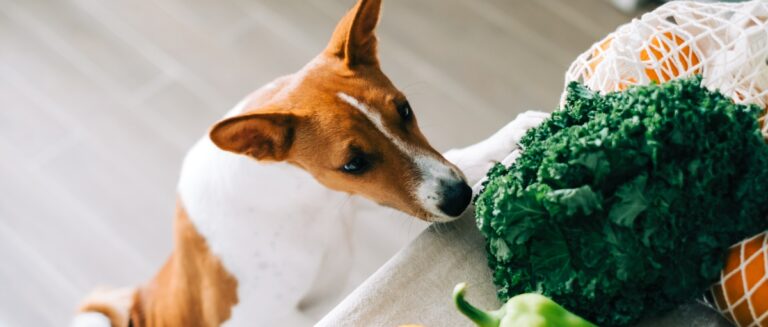What’s the difference between an exquisite cup of tea and a lackluster one? It all comes down to how you steep it. For tea lovers, the ritual of preparing tea is an art form—one that requires precision, patience, and practice to master.
Steeping tea is a delicate dance of time, temperature, and technique. Nail the combination, and you’re rewarded with a cup that’s brimming with flavor, aroma, and health benefits. But miss the mark, and you end up with a bitter, astringent brew that’s barely palatable.
Research has found that drinking 2-3 cups of tea daily is linked to a decreased risk of premature death, heart disease, stroke, and type 2 diabetes. No matter what type of tea you prefer, knowing how to steep it properly can take your enjoyment to the next level.
You’ll learn the science behind the steeping process and how factors like steep time and water temperature affect the taste and nutritional content of the final brew. We’ll also discuss the ideal steeping methods for the six main types of tea—black, green, white, oolong, pu-erh, and herbal—so you can bring out the best in every blend.
As a tea lover, you’re part artist, part alchemist. The good news is, with a little knowledge and practice, anyone can learn to craft the perfect cup.
The Basics of Steeping Tea
To brew a delicious cup of tea it helps to understand a bit of the science behind the steeping process. When you immerse tea leaves in hot water, compounds like flavonoids, amino acids, caffeine, and minerals infuse into the water, creating the beverage we know as tea.
The flavor and strength of the final brew depend on several key variables:
- Steeping time
- Water temperature
- Leaf size and shape (whole, broken, crushed, powdered)
- Type of tea (black, green, herbal, etc.)
- The ratio of water to leaves
Mastering Steeping Time and Temperature
Of all the factors, steeping time and water temperature are perhaps the most important to get right. Steep for too short a time, and you end up with a weak, flavorless brew. Steep for too long, and tannins and other bitter compounds can leach out, overpowering the tea’s more delicate flavors.
Every tea variety has a sweet spot in terms of steeping time and temperature—how long to steep can make or break your perfect brew. Black and herbal teas tend to be the most forgiving, while green, white, and oolong teas require more finesse. Generally, the lighter and more delicate the tea, the shorter the steep time and the cooler the water should be.
Avoiding Common Brewing Blunders
Even with the right timing and temperature, a few missteps can derail your tea. Steer clear of these rookie mistakes for a better brew:
- Using poor quality or stale tea leaves: For the best flavor, start with fresh, high-grade loose-leaf tea.
- Not using enough tea leaves: A good rule of thumb is to use about one teaspoon of loose leaves per 8-oz cup of water. Skimping on the amount of tea results in a watery infusion.
- Overboiling the water: Water boiled for too long can make tea taste flat. Ideally, use freshly drawn filtered water and stop the kettle just before it reaches a rolling boil.
- Leaving tea exposed to air: Oxygen can degrade the flavor of tea leaves. Be sure to store tea in an airtight container away from light, heat, and moisture.
How Long to Steep Each Type of Tea
Now that you’ve learned the basics of tea steeping, it’s time to explore the specific guidelines for each variety of tea. While the general principles of steeping apply to all teas, each type has its own ideal brewing method to achieve its unique flavor profile.
Black Tea
Bold, robust, and full-bodied, black tea is the most widely consumed tea in the world, accounting for over 70% of the supply. These dark brown to reddish-black leaves undergo a lengthy oxidation process, resulting in a brew with a higher caffeine content and a strong, slightly astringent taste.
To brew a perfect cup of black tea:
- Use water just off the boil (195-205°F or 90-96°C)
- Steep for 3-5 minutes
Green Tea
Prized for its delicate flavor and verdant hue, green tea is minimally oxidized, yielding a lighter-bodied infusion with grassy, vegetal notes. However, overly hot water can easily scorch the tender leaves, resulting in a bitter brew.
For the best flavor, steep green tea as follows:
- Heat water until small bubbles form and steam rises (150-180°F or 65-82°C)
- Steep for 1-3 minutes
White Tea
The least processed of all teas, white tea is made from young buds and leaves that are simply dried and steamed. The result is a pale golden infusion with a delicate, subtly sweet flavor and a silky texture. White tea requires a gentler touch to preserve its nuanced notes.
Here’s the optimal brewing method for white tea:
- Use water heated to a steaming point (160-185°F or 71-85°C)
- Steep for 1-3 minutes
Oolong Tea
Often described as the champagne of teas, oolong teas are partially oxidized, placing them somewhere between green and black teas. The level of oxidation can vary, resulting in a spectrum of flavors from light and floral to rich and roasted. Oolongs are best brewed with slightly hotter water than green teas.
Steep oolong tea as follows for the best results:
- Heat water until bubbles begin to form but haven’t yet broken the surface (180-200°F or 82-93°C)
- Steep for 2-5 minutes
Pu-erh Tea
Known as a “living tea,” pu-erh is a fermented tea that’s aged for months or even years, developing deep, earthy flavors over time. These compressed tea leaves yield a dark, full-bodied brew that’s mellow and grounding. Pu-erh is traditionally steeped using boiling water.
Here’s the optimal brewing guide for pu-erh tea:
- For ripe (black) pu-erh, use boiling water (212°F or 100°C) and steep for 2-5 minutes
- For raw (green) pu-erh, use boiling water but steep for just 10-30 seconds
Herbal Tisanes
Technically, they are not true teas since they don’t come from the Camellia sinensis plant, herbal teas or tisanes are infusions of various flowers, fruits, leaves, roots, or spices. From soothing chamomile to zesty peppermint to tangy hibiscus, herbal teas come in an array of flavors and can be steeped using fully boiled water.
To brew a flavorful cup of herbal tea:
- Use water at a full rolling boil (212°F or 100°C)
- Steep for 5-7 minutes
With these specific steeping guidelines in your back pocket, you’re well on your way to brewing the perfect cup of any type of tea.
Beyond the Basics: Steeping Tips & Techniques
You’re now armed with the essential know-how for steeping any type of tea. But why stop there? Elevate your tea game with these pro tips and techniques used by tea connoisseurs.
5 Steps to a Better-Tasting Brew
- Use filtered water: Chlorine and other compounds in tap water can alter the taste of your tea. For a purer flavor, use fresh, filtered water every time.
- Preheat your teaware: Pouring hot water into a cold teapot or cup can cause the water temperature to drop, resulting in a weak brew. Rinse your teaware with hot water before steeping to maintain the ideal temperature.
- Cover your tea while steeping: Place a lid over your teapot or cup while the tea steeps. This helps retain heat and allows the aromas to recirculate, enhancing the flavor.
- Resist the urge to stir or squeeze: Stirring your tea or dunking the tea bag repeatedly can agitate the leaves, leading to a bitter taste. For a smoother flavor, let your tea bag steep undisturbed.
- Dilute a too-strong brew: Did you accidentally overstep your tea? There’s no need to toss it. Simply add a splash of hot water to dilute the brew and smooth out any bitterness.
The Art of Cold Brewing
Craving a refreshing glass of iced tea? Try the cold brew method for a crisp, clean flavor without any bitterness. Here’s how it works:
- Place tea leaves in a pitcher and add room-temperature water.
- Use about 1.5 times the amount of tea leaves you’d use for hot brewing.
- Steep in the refrigerator for 6-12 hours (or overnight).
- Strain the leaves and enjoy your mellow, thirst-quenching tea over ice.
Cold brewing works especially well for delicate teas like green and white, as well as floral and fruity herbal blends. Give it a try with your favorite tea and taste the difference.
The Secret to Endless Cups: Re-steeping
Did you know that high-quality loose-leaf tea can often be steeped multiple times? It’s a ritual called gong fu cha that originated in China. With each subsequent infusion, the leaves unfurl further, revealing new layers and subtleties of flavor.
To re-steep tea:
- Use about double the amount of leaves you normally would for a single infusion.
- Increase the steep time by 30 seconds to 1 minute for each additional infusion.
- Repeat until the flavor is exhausted (usually 3-5 infusions).
Teas that hold up best to re-steeping are those with larger, whole leaves like oolongs, pu-erhs, and some green and white teas. Not only does re-steeping allow you to enjoy multiple cups from a single portion of leaves, but it’s also a wonderful way to appreciate the evolving flavor profile of a fine tea.
Embrace Your Inner Tea Alchemist
Tea is the most widely consumed beverage in the world, next to water, and can be found in almost 80% of all U.S. households. As you and others embark on your tea-steeping journey, remember that brewing the perfect cup is as much an art as it is a science. The recommendations in this guide are a starting point, but the real magic happens when you tune into your own taste buds and let your palate be your guide.
Try steeping your favorite tea at different temperatures and for different lengths of time. Make notes of what you like best. Maybe you prefer your green tea steeped at a slightly lower temperature for a mellower flavor, or discover that a 4-minute steep yields your ideal strength of Earl Grey.
Experimentation is half the fun, so embrace your inner tea alchemist and don’t be afraid to play around. The more you explore, the more you’ll come to appreciate the nuances of each type of tea and zero in on your personal sweet spots.
And remember, even the most seasoned tea drinkers have the occasional brewing mishap. If a cup turns out less than stellar, simply adjust your parameters next time and enjoy the process of honing your craft. With a little practice and a lot of sipping, you’ll be a certified tea-steeping master in no time.
Sources
Harvard T.H. Chan School of Public Health. (2024). The Nutrition Source: Tea. Retrieved from https://nutritionsource.hsph.harvard.edu/food-features/tea/
Weavers Coffee & Tea. (2024). The history of black tea. Retrieved from https://weaverscoffee.com/blogs/blog/the-history-of-black-tea
ArtfulTea. (2024). Tea oxidation. Retrieved from https://artfultea.com/blogs/tea-wisdom/tea-oxidation
ScienceDirect. (2024). White tea. Retrieved from https://www.sciencedirect.com/topics/agricultural-and-biological-sciences/white-tea
Saratoga Tea & Honey. (2024). What is Pu-erh aged tea? Retrieved from https://www.saratogateaandhoney.com/blogs/blog/what-is-pu-erh-aged-tea
Harney & Sons. (2024). Herbals & tisanes 101. Retrieved from https://www.harney.com/pages/herbals-tisanes-101
TeaLeaves. (2024). Gong fu cha: The Chinese tea ceremony. Retrieved from https://www.tealeaves.com/pages/gong-fu-cha-chinese-tea-ceremony
U.S. Census Bureau. (2024). Hot Tea Month. Retrieved from https://www.census.gov/newsroom/stories/hot-tea-month.html











